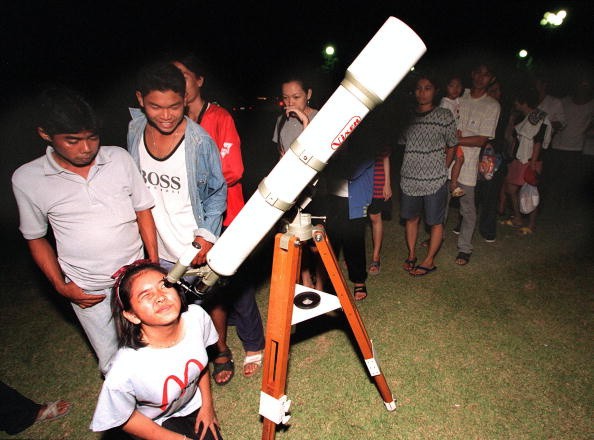Throughout January, waves of chilly air and heavy precipitation may have deterred some people from enjoying the night sky. Still, a variety of celestial spectacles in February may persuade individuals to bundle up and spend some time outside during the final month of meteorological winter.
Throughout February, keep an eye out for the following major astronomical events:
Snow Moon

Mercury will be visible in the middle of the month and a full moon with a weather theme.
Due to the time of year in which they rise, full moons have been given many nicknames over the years. In February, the full moon is no exception, earning the moniker "Snow Moon" due to the many snowstorms that afflict North America throughout the month.
The Groundhog Moon, the Hungry Moon, the Bald Eagle Moon, and the Raccoon Moon are other names for the full moon in February.
On the evening of February 16, the Full Snow Moon will rise and shine throughout the long winter night.
Spotting Several Famous Constellations
February marks the end of meteorological winter, which lasts from December 1 to March 1. This makes it an excellent month for spotting stars and constellations visible throughout the winter but not during the short yet pleasant summer nights.
Along with the trio of stars that constitute Orion's belt, Orion is one of the more popular constellations. It will be visible every night throughout the month as long as the weather cooperates. It will arrive in the southeast sky just after sunset and be visible until approximately 3 a.m.
Sirius, popularly known as the "Dog Star," will be visible right below and to the left of Orion in the sky. Because Sirius is the brightest star in the night sky, it may stand out more than the entire constellation of Orion.
As the night progresses, Orion may appear to be following a collection of stars known as the Pleiades star cluster across the sky.
This cluster of stars may be more challenging to see than Sirius or Orion, especially in light-polluted places, although Orion's belt can assist stargazers in finding it. Imagine an imagined line running from left to right through Orion's belt, and it will go on to nearly intercept the Pleiades, which are not far distant.
The Pleiades are sometimes known as the Seven Sisters, although there are more than seven stars in the cluster. People in cities may not see many stars at all, but the farther away they are from light-polluted areas, the more stars in the cluster will be visible.
Sirius, Orion, and the Pleiades ultimately appear in the same area of the sky as the sun as the Earth rotates around it, which is why they are not visible during the summer. However, the three will return to the night sky in the fall.
Mercury During Dawn
Mercury, the nearest planet to the sun, is the most difficult to find, although early risers in the middle of the month will be able to view it just before sunrise.
The planet can only be seen for a few weeks every few months when it is at its farthest point away from the sun from Earth's viewpoint. It's either too near to the sun or concealed behind the star at the core of our solar system for the rest of its orbit.
February 16, roughly 45 to 60 minutes before sunrise, will be the optimum time to observe Mercury. The small planet will be low in the southeast horizon, below and to the left of Venus and Mars, both of which will be visible in the early morning sky.
Mercury will be visible in the evening sky during the last few days of April and the first few days of May.
For more Space news, don't forget to follow Nature World News!
© 2025 NatureWorldNews.com All rights reserved. Do not reproduce without permission.





